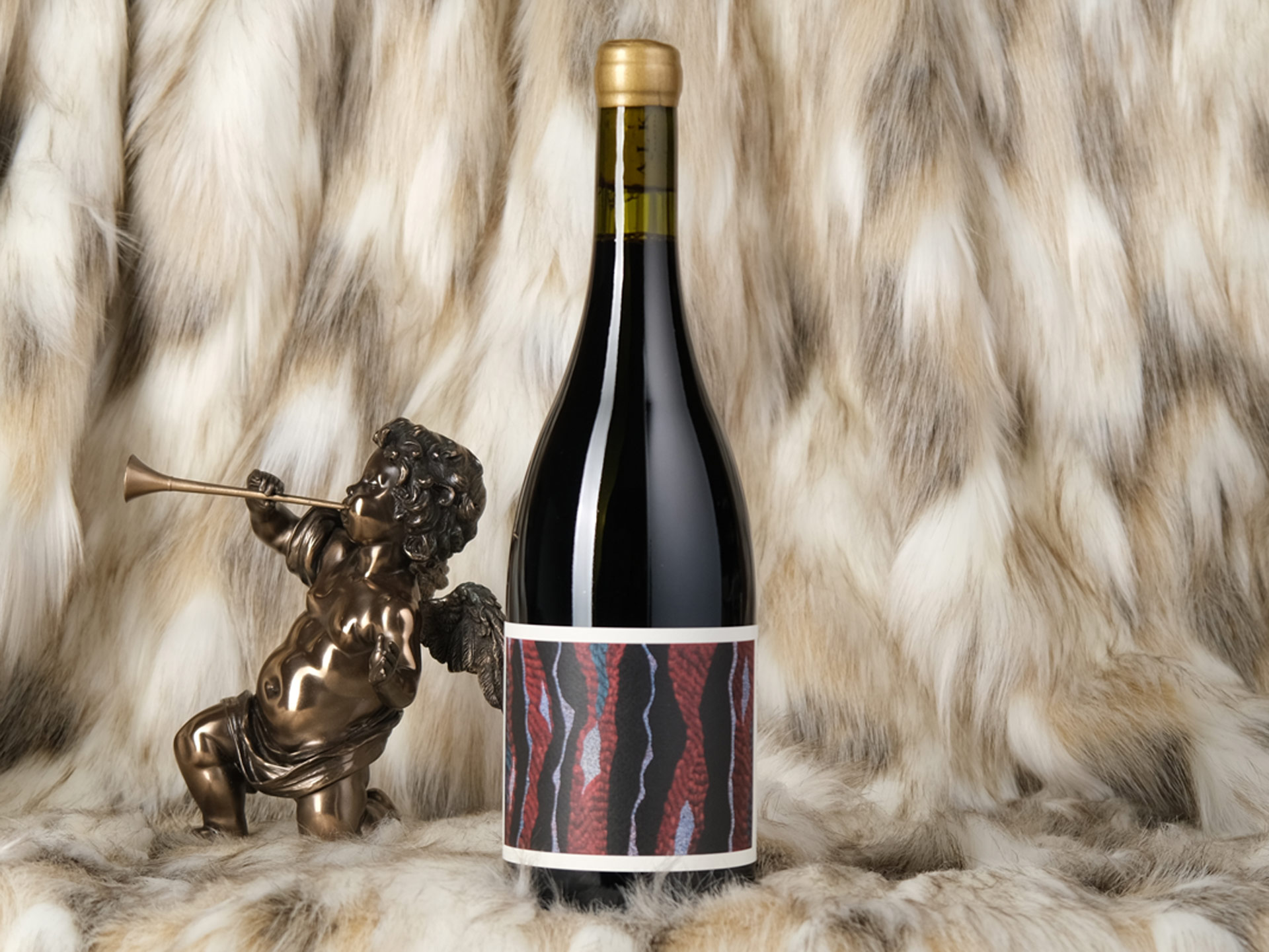From the Barossa’s groundbreaking biodynamic Alkina vineyard, this is a stunningly mineral expression of shiraz (with a splash of mataro) from an ideally cool year. Dark spice notes are set against black and red fruits across a finely poised palate, with grip and zip complementing the unmistakably earthy expression of place.
Tasting note
Made in concrete tulips with a dash of mataro, there’s a ruggedness to this that speaks of place and old vines, with concentrated dark fruits allied with black spice notes and a coal-dust minerality. The impact is not of a big wine, though, far from it, with bright red fruits and floral notes in the mix. There’s also zippy acidity paired with fine, nervy and assertive tannins from a good dose of whole bunches in the ferment. Neatly wound freshness, savouriness and a tarry mineral feel work hand in hand here for a compelling Barossa expression that subtly redefines the genre.
Themes of this wine
Syrah/Shiraz
Shiraz dominates the Australian wine industry, accounting for nearly a third of this country’s vines. The grape’s traditional home is in France’s Northern Rhône, with wines that combine elegance and power, while Australia is perhaps best known for the muscular styles from warmer areas. Today, drinkers of Australian shiraz are spoilt for choice with expressions ranging from the elegant and spicy to the monumental.
Mourvèdre/mataro
Mourvèdre has been in this country as long as any variety, but it has often been sunk into blends, playing a vital role but rarely grabbing the mic. And while that remains the destination for most of this darkly fruited and tannic grape, it can play a pivotal role in those wines, and gets the occasional outing solo in both red and rosé wines. As with many grapes typically used for blending, mourvèdre has a distinct personality. It is a variety that is often strong in tannic structure, quite dark fruited and spicy, often with an almost animal and wild herb aroma. This will naturally depend a little on site and winemaking, with the grape commonly made into rosé that shows none of that wildness, instead typically displaying red berry notes, though the wines are often still blends.
Whole bunch
Yep, the whole thing. If you ferment with whole bunches, you’ll get a different result. The stems add more tannin, and tannin with a slightly different feel in the mouth to grape skin or oak tannin. You’ll also get some of those berries fermenting more or less whole, which yields a brighter fruit profile alongside a raft of spices.
Barossa
The Barossa is arguably Australia’s most revered wine region. It dwarfs many other fine wine regions for scale, while firmly maintaining a quality profile, with its distinctive style and character recognised worldwide. It is dripping in history, has far and away the largest resource of old and ancient vines in the country, and fifth- and sixth-generation growers and makers proliferate. It is fair to call it the cornerstone of Australian wine. It is the home of powerful red wines, established names making established styles, but there are also makers finding new meaning in the territory.
Biodynamic
An organic farming method created by Rudolph Steiner in the 1920s, biodynamics is a slightly mystical approach, employing elaborate organic ‘preparations’ to restore the natural balance of the soil and encourage microorganisms. It also observes the lunar cycle to prescribe actions in the vineyard and winery. Why some of it works is not clearly understood, but it is used by some of the world’s greatest producers.



